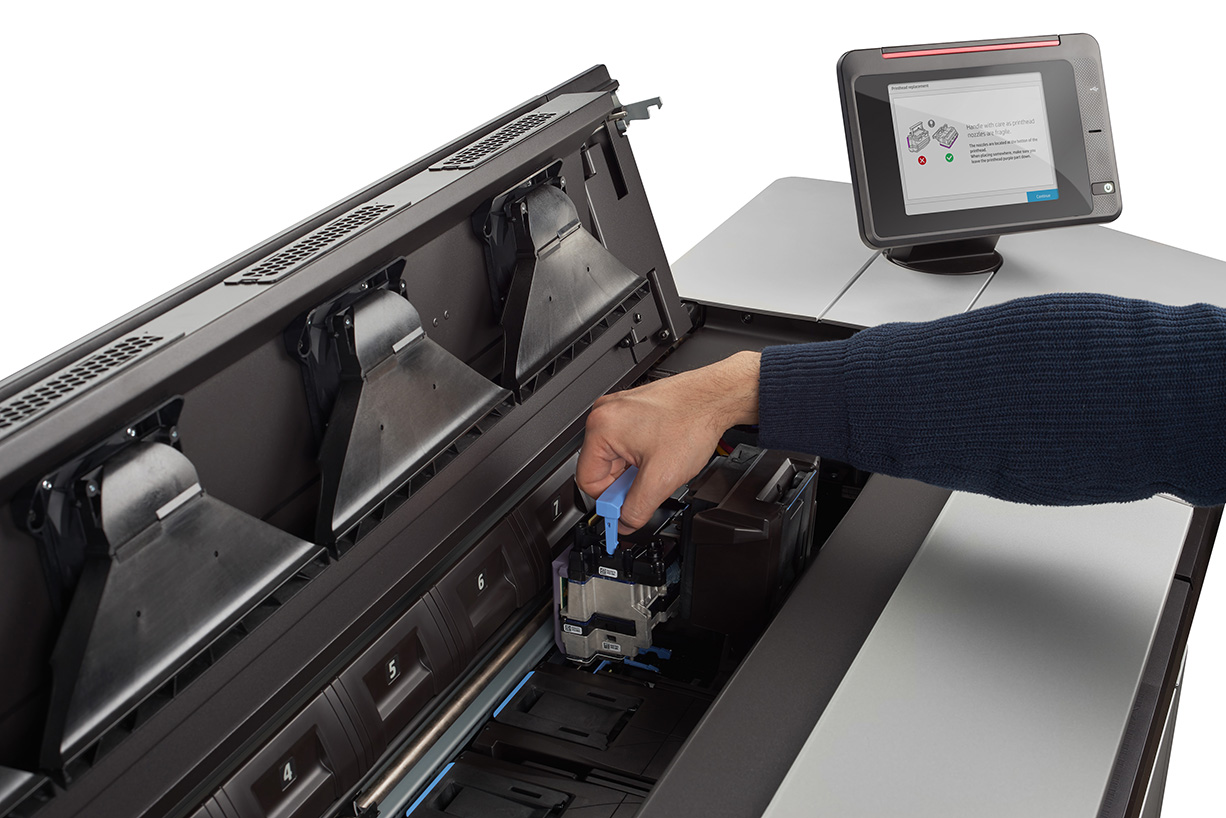To answer this question, I have to go back a few years when they first entered the Additive Manufacturing space. I was working in the 3D print arena for a different 3D print manufacturer during the spring of 2016 when rumors were rampant of HP getting into the 3D print industry. The industry was speculating two things – one that they were going to buy an existing 3D print technology company or two they would develop their own 3D print technology based off of existing technologies. In the end, they actually developed their own new technology to take the 3D printer a huge step forward. The technology is known as Multi Jet Fusion (MJF). During a large 3D print related trade show (rapid+tct), HP introduced MJF on a series of YouTube videos showing the process at work. Did it cause a stir at rapid+tct? The answer is yes it certainly did. And this from an industry that has seen its share of over hyped technologies. It’s also important to remember the core technologies at the time were FDM, SLA, SLS and a few other jetting based technologies. The common theme with all 3D print technologies at the time was one off, tracing type processes that produced good detailed parts but lacked the ability to run volume.
Here is where HP changed the world of 3D printing: They had developed a process using a power bed system (eliminates support structures) using fusing agents to produce final use nylon parts (true fused and functional parts). Although the powder bed concept was not new, several manufacturers were already using a powder bed system (namely SLS Selective Laser Sintering), the significant difference is HP is not using a laser. Remember, as I mentioned before, the SLS process utilizes a laser tracing technology to solidify parts. The laser can only go so fast – throughput is limited. HP utilizes a one pass fusing system that jets fusing agents to form the parts in layers. The jetting agents are not used to form a chemical bonded part but to truly fuse parts. The other critical advancement, HP developed a detailing agent (jetted in the same one pass) that stops the fusing process to limit thermal bleed. Basically, the MJF process spreads powder in a thin layer, the fusing agent is laid down by HP’s patented print heads, an intense infrared light system activates the fusing agents to fuse the nylon plastic together. With the detailing agent helping to create a crisp and definitive feature by stopping the fusing process. The system prints one layer, one pass at a time to form very detailed and dense parts with no speed degradation no matter the volume of parts printed.
This process also produces truly isotropic parts which means the part is as strong in the x and y as it is in the z. This jetting of fusing agents is ground breaking enough but when you look at the size of the print bed you will see that volume is another game changer. The bed size of 13 inches in the x, 11.5 in the y and 15 inches in the z gives you a large volume to use. The print speed is approximately 1 inch per hour which allows fast complete builds. Hundreds of parts can be produced all at the same time with precision accuracy – often this is 10-20X faster than previous technologies. But that’s not all: HP recently introduced a new printer to their lineup that has the ability to print with a cpk level of 1.33 with an I.T. scale of 13. What does that mean? It means parts printed on an Hp 3D printer are equivalent to parts coming off soft steel injection mold tooling.
Wow, that’s game changing.





